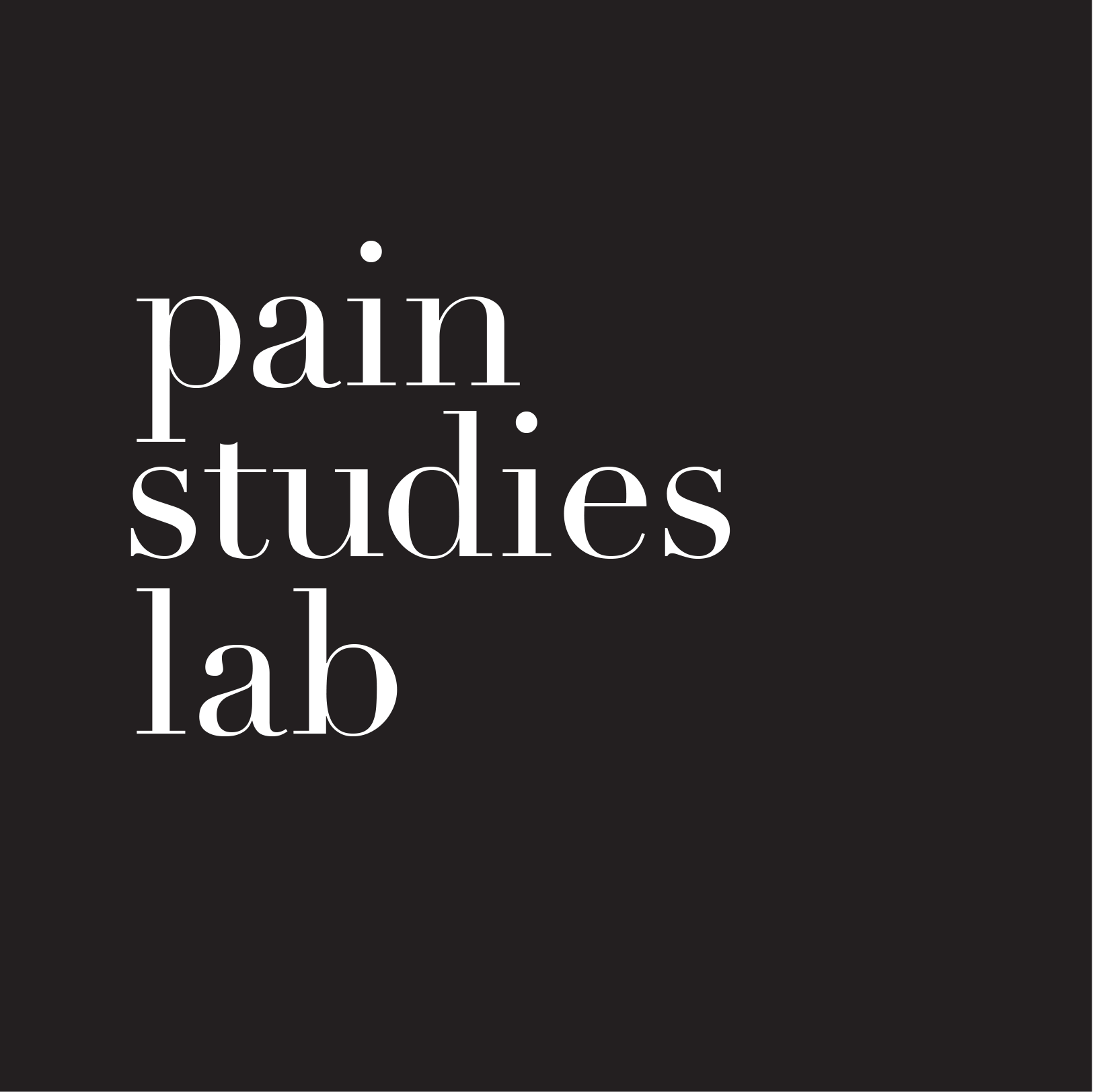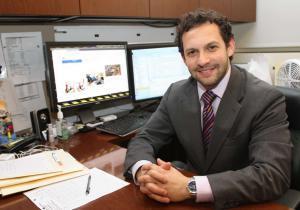CIRPD and PainBC with the support of the Canadian Pain Coalition, are pleased to announce the next webinar in our webinar series, “Chronic Pain, Improving Life While Living It”. This free webinar series, provides an opportunity forfor people living with pain as well as their families to learn from top researchers and practitioners how to live well with chronic pain.
Join us October 24th for the third webinar of our current online education series:
TOPIC: Opioids: Friend or Foe?
Andrea Furlan MD, PhD (Associate Scientist at the Institute for Work and Health)
There is plenty of confusing and contradictory information available about using opioids to treat chronic pain. There are issues around addiction, dependency, and overdose that can be hard to understand. Dr. Andrea Furlan will help us navigate the difficult topic of using opioids for chronic pain treatment.
DATE: October 24, 2012 11:00 am noon (PDT) / 2 – 3:00 pm (EDT)


